Mortaring in rocks -- pH issues?
sharon_greenacre
13 years ago
Featured Answer
Sort by:Oldest
Comments (10)
drh1
13 years agolast modified: 9 years agoRelated Professionals
New Mexico Landscape Architects & Landscape Designers · Saint Louis Park Landscape Architects & Landscape Designers · West Chester Landscape Architects & Landscape Designers · Corona Landscape Contractors · Fairhope Landscape Contractors · Kailua Landscape Contractors · Lemay Landscape Contractors · Madera Landscape Contractors · Mission Landscape Contractors · Plainview Landscape Contractors · Porterville Landscape Contractors · Soddy Daisy Landscape Contractors · Weslaco Landscape Contractors · White Bear Lake Landscape Contractors · Forest Hill Landscape Contractorssharon_greenacre
13 years agolast modified: 9 years agodrh1
13 years agolast modified: 9 years agosharon_greenacre
13 years agolast modified: 9 years agodrh1
13 years agolast modified: 9 years agosharon_greenacre
13 years agolast modified: 9 years agosharon_greenacre
13 years agolast modified: 9 years agopoppa
13 years agolast modified: 9 years agosharon_greenacre
13 years agolast modified: 9 years ago
Related Stories
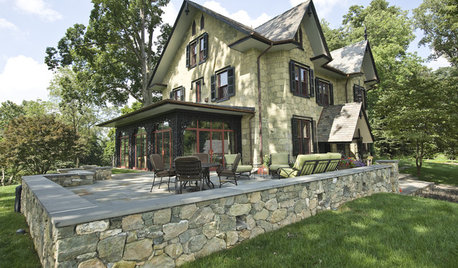
LANDSCAPE DESIGNGarden Walls: Mortared Stone Adds Structure, Style and Permanence
Learn the pros and cons of using wet-laid stone walls in your landscape
Full Story
LANDSCAPE DESIGNGarden Walls: Dry-Stacked Stone Walls Keep Their Place in the Garden
See an ancient building technique that’s held stone walls together without mortar for centuries
Full Story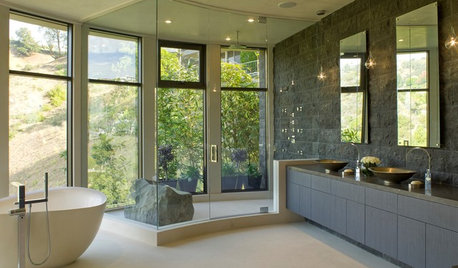
BATHROOM DESIGNGo Au Naturel in the Bath With Beautiful Stone
Add rocks and pebbles to your bathroom design for organic texture and practicality too
Full Story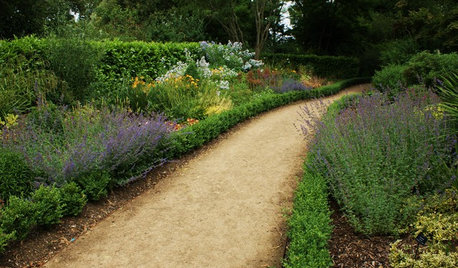
LANDSCAPE DESIGN5 Gravel and Stone Types for a Rockin' Landscape
Give your garden design some textural bam with pebbles, granite, river rocks and other permeable materials
Full Story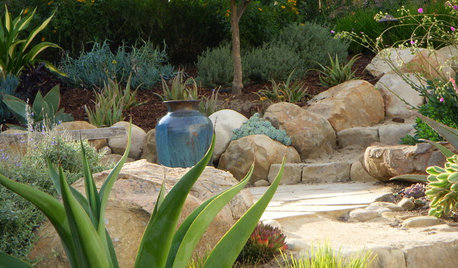
LANDSCAPE DESIGNRoll With Boulders for High Landscape Impact
Go for big-league drama outdoors with oversize rocks in gardens, around pools and on patios
Full Story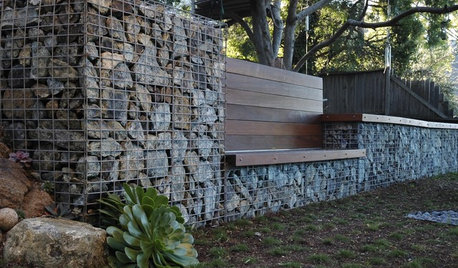
GARDENING AND LANDSCAPING7 Out-of-the-Box Retaining Wall Ideas
Go Beyond Railroad Ties With Stylish Rock, Metal, Blocks, and Poured Concrete
Full Story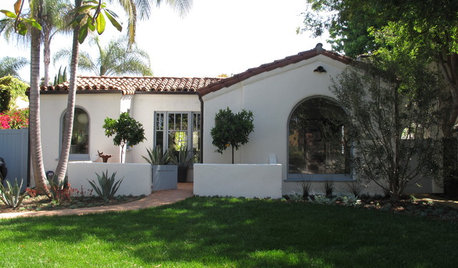
ARCHITECTURERoots of Style: Many Cultures Make Their Marks on Mediterranean Design
If you live in California, Florida or certain other parts of the U.S., your architecture may show distinct cultural influences
Full Story
HOMES AROUND THE WORLDMy Houzz: Small-Space Living on a Barge Awash With Smart Ideas
This newly built barge moored on London’s Regent’s Canal brims with clever designs and luxe touches, proving small can be very beautiful
Full Story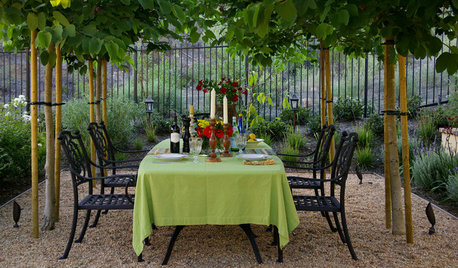
LANDSCAPE DESIGNEnjoy the Romance of Dining in a Classic Gravel Garden
Here’s what to consider when it comes to installing, styling and maintaining a DIY-friendly gravel patio
Full Story
GARDENING GUIDES8 Materials for Raised Garden Beds
Get the dirt on classic and new options for raised vegetable and plant beds, to get the most from your year-round garden
Full StoryMore Discussions







serenae